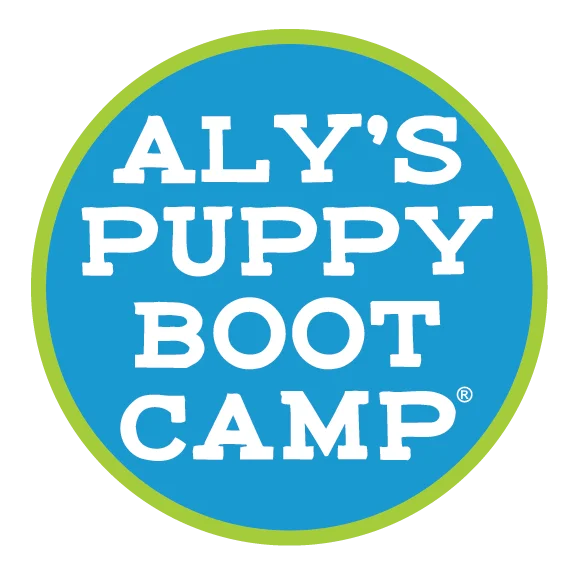When dogs and kids share a home, it can be magical—or messy. I’ve seen both, and trust me, a peaceful household isn’t about luck. It’s about leadership, structure, and dog boundaries that actually make life better for everyone.
Let’s dive into how you can create a shared space where both your kids and your dog feel safe, secure, and seen. Because when boundaries are clear, peace can thrive.
Why Dog Boundaries Matter in a Family Home
Dogs and children don’t come hardwired with patience or impulse control. That’s why we, the adults, must lead the way.
Boundaries aren’t about punishment. They’re about trust and safety. They build a home where everyone understands the rules and feels confident.
When you clearly define dog boundaries, your pup isn’t guessing what’s okay. And your kids aren’t getting knocked over or overwhelmed by a dog with zero chill.
Define the Space: Use Place Training for Dogs
One of the best tools I teach is PLACE. It’s a designated zone where your dog learns to stay calmly until released. Whether it’s a raised bed or mat, it becomes a foundation for impulse control and self-regulation.
If your dog doesn’t know PLACE yet, head to Aly’s Academy. This one skill can change your household dynamic in a heartbeat.
Other tools that reinforce dog boundaries:
- Crates: promote calm and create safe separation
- Baby gates: help divide shared zones
- Tethers: keep your dog close and under guidance in busy areas
Teach Your Kids to Be Calm Leaders
Dogs are always reading energy. A flailing toddler can confuse or frighten your dog. So we coach kids too:
- Never approach a dog while eating or sleeping
- Call the dog over rather than running toward them
- Use calm voices and slow movements
- Leave the leash to the grownups
These small shifts build confidence in both the child and the dog.
Layer in a Family Dog Training Routine
Dogs thrive with structure. Add a layer of predictability with a basic family dog training routine:
- Morning walk (leash and potty break)
- Midday PLACE or crate rest
- Afternoon short leash walk
- Evening wind-down with the family in a structured hangout (tethered or in PLACE)
Your dog learns what to expect. Your kids start noticing patterns. Everyone settles.
Supervision Is Key—Just Like a Toddler
No matter how well-trained your dog is or how well-behaved your child, never leave them unsupervised.
Use this checklist to supervise like a pro:
- Crate or tether during high-energy transitions (after school, before dinner)
- Monitor play to redirect roughhousing
- Store toys and treats out of shared zones unless guided
And when in doubt? Step in early.
Mistakes Happen. But Structure Brings You Back.
It’s easy to let boundaries slide. Maybe your dog was great yesterday, so you skip PLACE today. Or your child sneaks a snack to the dog under the table.
That’s life. But the fix is simple: return to structure.
- Reinforce PLACE daily
- Limit access to high-distraction zones
- Rehearse basic manners like “wait,” “come,” and “off”
Dogs don’t need perfection. They need consistency.
Final Thoughts from Aly
Clear dog boundaries don’t restrict your home—they unlock peace. When everyone knows the rules, connection grows.
Want more tools?
- Grab the Good Walker Leash for structured walks
- Join Aly’s Insider Community for ongoing support
- Enroll in Aly’s Academy for Place training and beyond
Lead first. Love always. And let structure be the bridge to a calm, happy home.
